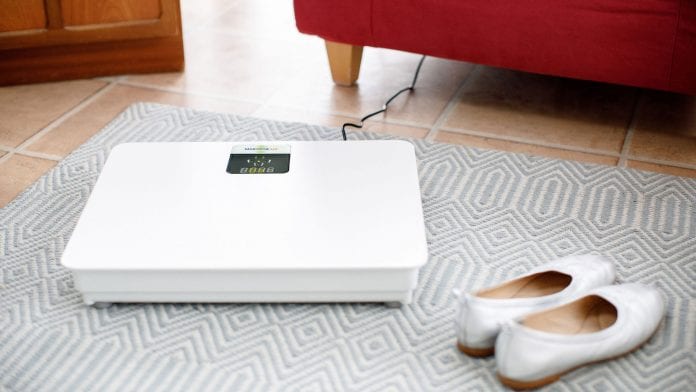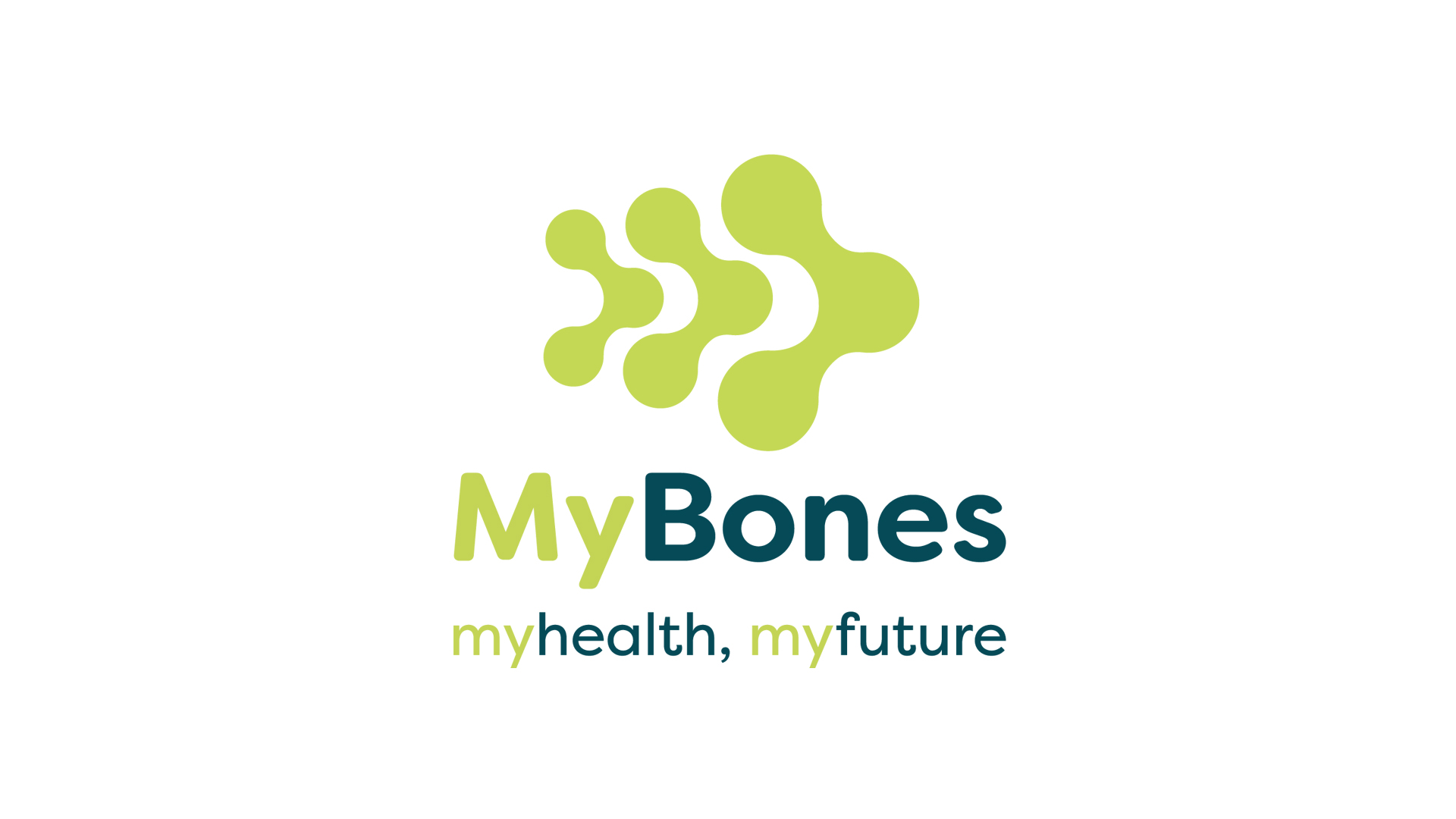
Low-intensity vibration (LiV) can naturally prevent and combat osteoporosis while improving movement, flexibility and freedom.
Osteoporosis is a global health epidemic, affecting over 20 million patients in Europe alone. Osteoporosis comes at high personal and societal costs and poses significant challenges to healthcare professionals who need to find new ways to avoid an emerging epidemic.
The Osteoporosis Foundation estimates that osteoporosis cost European health systems €37.5bn a year in 2017, a figure forecast to grow by 27% by 2030. The impact on society is enormous too, with 7.6 million sick days caused by osteoporosis. If we include the potential effects on post-menopausal women, the figures become even more worrying.
Current treatments aim to strengthen bones and reduce the risk of breaks, but they are not always effective. Oral bisphosphonates alendronic acid and risedronate sodium are typically prescribed as first-line treatment options for those with osteoporosis, alongside recommendations to increase levels of physical activity, stop smoking and maintain a normal BMI. But it is not enough. A systematic review of evidence concluded that there were ‘relatively few high-quality health economic evaluation demonstrating the cost-effectiveness of drugs for post-menopausal osteoporosis.’¹
Now there is hope. Low-intensity vibration (LiV) is clinically proven to naturally prevent and combat osteoporosis while improving movement, flexibility, and freedom. Developed by scientists working alongside NASA to improve the bone health of astronauts while in space, the new technology offers incredible potential for patients with osteoporosis. It is also an effective, preventative treatment for patients at high risk of developing bone issues, including post-menopausal women.
Studies have established that standing on a medically approved LiV device for just ten minutes a day can dramatically improve bone mineral density. This easy-to-use device can halt bone loss and stimulate new tissue growth, restoring freedom and flexibility for those who need it.
How low-intensity vibration works
Bone responds to both large low-frequency and small high-frequency forces that encourage bone growth and maintain bone health. Low-intensity vibration devices, such as the Marodyne LiV, deliver an exact low-level vibration (0.4g) transmitted at a high frequency (30Hz) to the person standing on the device. The low-frequency vibration influences Mysemchymal Stem Cells (MSC) back onto bone production, while also stimulating osteoblast (bone-building) activity and inhibiting osteoclast (bone resorption) activity.
Studies have established that just ten minutes of low-intensity vibration a day can help to keep bones strong and healthy. A study involving young adult females with low Bone Mineral Density (BMD) found that short bouts of LiV increased bone and muscle mass in the weight-bearing skeleton.²
It is not just younger patients who benefit from LiV. Peer-reviewed research involving frail elderly participants showed a 10% greater femoral BMD among those who used low-intensity vibration when compared to the placebo group. There were no adverse events reported during the two-year study, including frail and elderly subjects up to 102 years of age.³
Low-intensity vibration holds massive potential as a non-drug intervention for osteoporosis. Unlike bisphosphonates commonly used to treat the disease, low-intensity vibration causes no side effects or contra-indications. It can also be used indefinitely with no harm or damage. Marodyne LiV is a certified medical device that has been calibrated to deliver a controlled vibration in accordance with ISO and OSHA vibration standards (ISO 2631). Used correctly and for short periods, Marodyne LiV will cause no adverse or harmful effects to users. It is also safe to use alongside all prescription medicines for osteoporosis (or any other condition for which the patient may require treatment).
The simplicity of low-intensity vibration and the relatively quick timeframe in which benefits can be seen means that adherence is high. Studies have established that compliance is maintained, even in elderly groups.⁴
As well as maintaining and improving BMD, LiV can help restore freedom and flexibility – particularly in elderly and infirm patients. An 18-month study involving 710 women over 60 years of age using LiV demonstrated a significant reduction in the number of falls and fractures.⁵ As well as reducing falls, patients experience improvements in reaction time, movement, velocity and muscle strength. Together, the researchers concluded that LiV is effective at reducing falls and injuries.
Preventative approach
Low-intensity vibration has established benefits for those diagnosed with osteoporosis. It could arguably also play a valuable role as a preventative treatment for patients at risk of developing the condition, particularly post-menopausal women.
Menopause is a significant risk factor for osteoporosis as the female hormone oestrogen, which helps maintain bone density and strength, drops significantly. As oestrogen levels drop during and after menopause, bone resorption increases, leading to an acceleration in bone loss, which can increase the risk of fractures and breaks.
The risks are greater for women who experience early menopause before the age of 45. While osteoporosis presents a greater risk than breast cancer, currently, an estimated 57% of women receive no treatment at all for osteoporosis.⁶
Low-intensity vibration offers a practical and cost-effective preventative treatment for post-menopausal women. A one-year placebo-controlled research study of post-menopausal women demonstrated that low-level vibration effectively inhibits bone loss in the spine and femur. The placebo group lost 2.13% in femoral neck bone mineral density over the year, whereas the active cohort recorded a gain of 2.17% in BMD. The researchers concluded that: “If used regularly, the progress of osteoporosis can be slowed down, stopped or even reversed.”
Innovation inside
Scientists have recognised the benefits and clinical potential of low-intensity vibration for over 50 years, but it is only today that patients have access to an effective device that can be easily used at home. Marodyne LiV is Europe’s only approved medical device that is approved to deliver effective low-intensity vibration therapy.
Marodyne LiV is also the only device of its kind recognised by the Royal Osteoporosis Society, which is excited by its potential: “We support the innovative approach of Marodyne LiV as it seeks a way to help combat osteoporosis and join us in the battle against this debilitating disease,” said Henry Mace, Head of Partnerships & Philanthropy, Royal Osteoporosis Society.
The evidence around the impact of low-intensity vibration is increasing, adding to the calls for the therapy to be included in clinical guidelines. While health systems across Europe assess the information and draw conclusions, patients and healthcare providers can experience the benefits of low-intensity vibration themselves with Marodyne LiV.
References
1 Azharuddin, M. et al. (2020) “Systematic evidence of health economic evaluation of drugs for post-menopausal osteoporosis: A quality appraisal”, Osteoporosis and Sarcopenia, 6(2), pp. 39-52. DOI: 10.1016/j.afos.2020.05.006.
2 Gilsanz V, Wren TA, Sanchez M, Dorey F, Judex S, Rubin C; High-frequency mechanical signals enhance musculoskeletal development of young women with low BMD. Journal of Bone and Mineral Research 21, 1464-1474 (2006)
3 Kiel D, Hannan MT, Barton BA, Bouxsein ML, Sisson E, Lang T, Allaire B, Dewkett D, Carroll D, Magaziner J, Shane E, Leary ET, Zimmerman S; Low-Magnitude Mechanical Stimulation to Improve Bone Density in Persons of Advanced Age: A Randomised, Placebo-Controlled Trial. Journal of Bone and Mineral Research: the official journal of the American Society for Bone and Mineral Research 30, 1319-1328, doi:10.1002/jbmr.2448 (2015)
4 Hannan M, Marian T, Cheng DM, Green E, Swift C, Rubin C, Kiel D; Establishing the compliance in elderly women for use of a low level mechanical stress device in a clinical osteoporosis study. Osteoporosis International 15, 918-926, doi:10.1007/s00198-004-1637-y (2004)
5 Muir J, Kiel, Rubin C; Safety and severity of accelerations delivered from whole-body vibration exercise devices to standing adults. Journal of science and medicine in sport / Sports Medicine Australia, doi:10.1016/j.jsams.2013.01.004 (2013)5.
6 Kanis, J. et al. (2018) “European guidance for the diagnosis and management of osteoporosis in post-menopausal women”, Osteoporosis International, 30(1), pp. 3-44. DOI: 10.1007/s00198-018-4704-5.
This article is from issue 18 of Health Europa. Click here to get your free subscription today.























